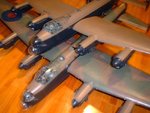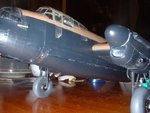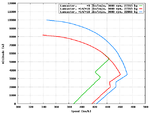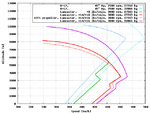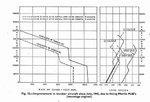Hello all,
I have been wondering about how the performance figures of the Avro Lancaster shown on the each books has been found or defined.
The only thing I knew is that there are no exact performance value, such as top airspeed at specific altitude, maximum range at each weights and climbing performances, clearly printed on the official manuals.
Also how the actual bombing operations during ww2 were planned? That shall include very precisely timed arrival over target, hence the navigation, and fuel plannings for the each aircraft types stationed at each different air bases.
TIA
My second Lanc with bulged bomb bay doors will be 80% complete by the next weekend's hobby show.
I have been wondering about how the performance figures of the Avro Lancaster shown on the each books has been found or defined.
The only thing I knew is that there are no exact performance value, such as top airspeed at specific altitude, maximum range at each weights and climbing performances, clearly printed on the official manuals.
Also how the actual bombing operations during ww2 were planned? That shall include very precisely timed arrival over target, hence the navigation, and fuel plannings for the each aircraft types stationed at each different air bases.
TIA
My second Lanc with bulged bomb bay doors will be 80% complete by the next weekend's hobby show.

